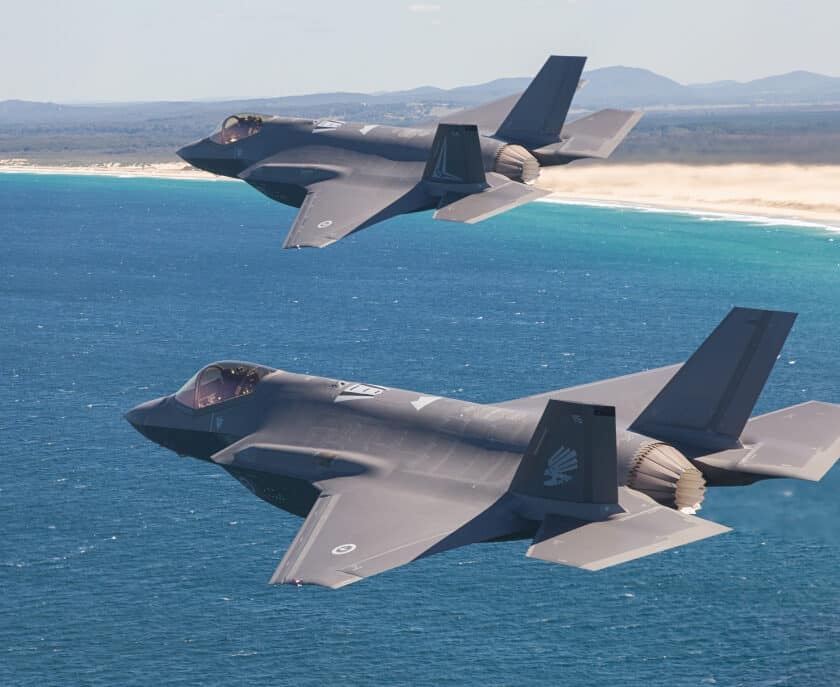A few days ago, the Belgian Minister of Defense, Ludivine Dedonder, announced in a post on LinkedIn that the agreement giving Belgium observer status within the FCAS program would be signed in the coming weeks.
Above all, she specified that her country should join the program which already brings together Germany, Spain and France, as of right in June 2025. For the moment, the exact role of Brussels and its aeronautical industry, within of the program, has not been communicated. It will probably have to be negotiated over the next 18 months, until the country's official entry.
In this section:
The arrival of Belgium in the FCAS program opens the door to other European countries
The arrival of Brussels in the FCAS program did not go smoothly. Thus, Eric Trappier, the CEO of Dassault Aviation, was at the very least hostile to the idea of having to, once again, break up the industrial sharing which was particularly difficult to negotiate, to let in Belgian aeronautical companies, as much as he retains a certain bitterness about Brussels' decision to choose the American F-35A rather than a European plane to modernize its air forces.

The position of the French business leader, concerning the acquisition of the American aircraft by Brussels, will however be difficult to maintain, while Germany has already ordered two squadrons of F-35A to replace the Tornado participating in the mission of NATO nuclear sharing, and that Spain is preparing to order 25 F-35Bs to replace its Harrier 2, and probably 25 other F-35As to replace part of its F-18s.
However, the basic problem, namely a fixed industrial and technological perimeter, faced with a growing number of players, remains very present, especially since, beyond Belgium, other European countries could, in turn, be interested in joining the program.
This is particularly the case Sweden, which has just announced its definitive withdrawal from the British GCAP program, and which is given until the beginning of the next decade, to determine the procedure to follow for the replacement of its Gripen E/F.
The arrival of Stockholm, and in particular of Saab, in the FCAS program, would obviously be a major asset, from both a technological and commercial point of view. However, this cannot be done without, once again, cutting back on the industrial scopes already granted to the major players in the German, Spanish and especially French aeronautical BITDs.
Too small a scope to preserve the skills of the French aeronautical industry
And for good reason ! In its current design, the FCAS and its seven technological pillars are a well-defined, but constrained, whole from a technological point of view. Thus, there is no question of developing fighter aircraft other than the Next Generation Fighter, or NGF, the combat aircraft which will be at the heart of this 6th generation air combat system.


75% of this article remains to read,
Subscribe to access it!
The Classic subscriptions provide access to
articles in their full version, and without advertising,
from 6,90 €.
Newsletter subscription
Register for the Meta-Defense Newsletter to receive the
latest fashion articles daily or weekly

